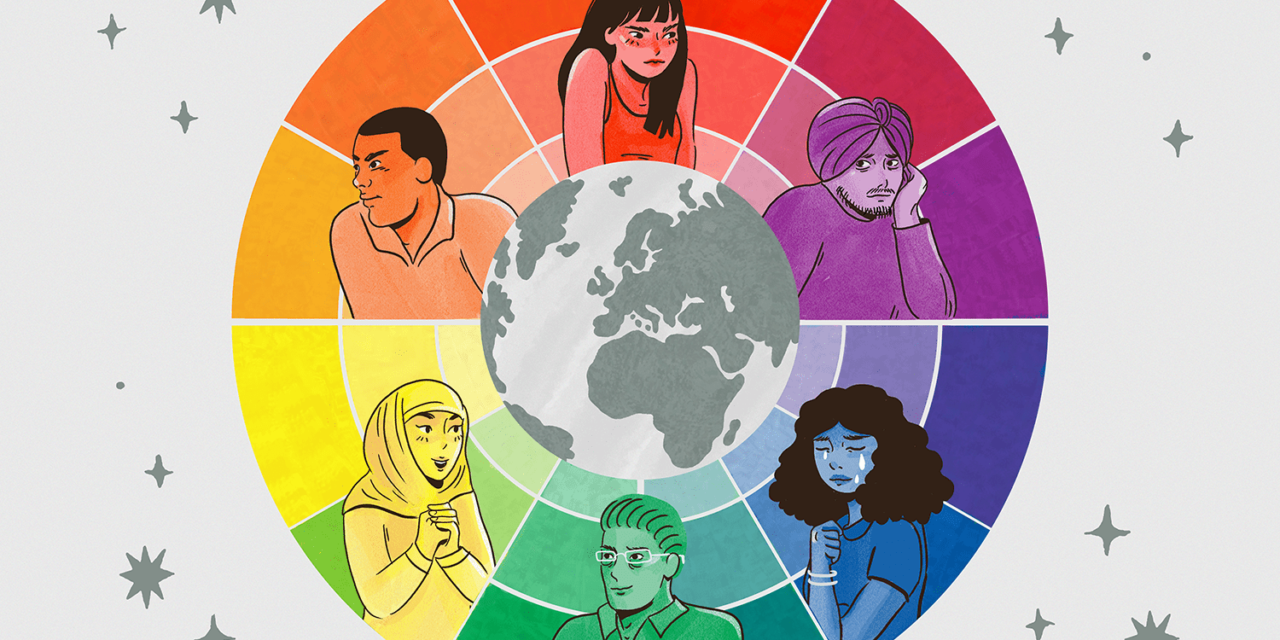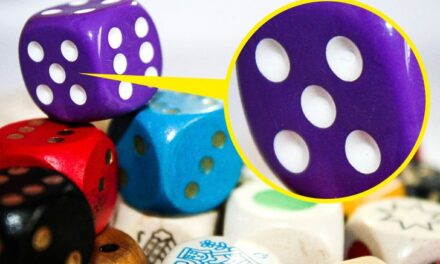Color has the ability to evoke or mirror emotions, but does this occur naturally, or have we been culturally conditioned to perceive color in a certain way? For instance, why do we view blue as sadness or red as anger?
A recent study published in the journal Psychological Science sought to determine the origins of our accepted correlations between color and emotion, and whether they were societal or psychological constructs.
For the study, 4,598 participants from 30 different countries who spoke 22 different languages were tested on their color associations. The first theory was whether or not we tie colors to emotions because of environmental factors, like being exposed to that color during emotional experiences. This could look like someone’s face turning red when angry.
According to the second theory, “colors and emotions may become arbitrarily associated in the language, history, religion, or folklore of one’s culture.” If the second is true, then results should vary based on location.
Measuring Color and Emotion
To test these hypotheses, study participants used the Geneva Emotion Wheel (an empirical tool for measuring feelings and emotions) and were instructed to choose which emotions came to mind for each color. However, the actual colors were not present, rather the words blue, white, red, etc. The results of the study supported a combination of the two theories but favored the cultural connection.
Most respondents had similar emotional associations for 12 colors, but these connections were more apparent between countries and languages that were closer geographically.
This could explain why English speakers are familiar with expressions like green being tied to envy, since it has been in the English language for centuries, dating back to Shakespearean works like Othello. Still, certain perceptions, like the association of the color red with both love and anger or that the color brown had a very mild emotional response, were universal.
Cultural Differences in Color Choice
The study noted that colors vary in significance among cultures. For instance, in the United States, black is standard at a funeral, and white is standard at a wedding. However, in China, white is often worn at funerals, and red is worn for weddings.
Amaira Din is a South Asian wedding planner who often has to be knowledgeable of customs as well as trends. She explains, “I’m a wedding planner and being in New York City, most of my clients are evenly split between American and South Asian couples, so I have to be sensitive to the cultural significance certain colors can have.” She describes planning around an American bride’s black dress, which can signify bad luck and omens (like having a black cloud over your wedding).
Din explains that red is another shocking color to see at an American wedding, “Red is also considered a taboo color in American weddings, whereas South Asian brides are expected to wear red. Red is a nod to Hinduism… where it symbolizes luck, prosperity, and fertility.”
Color Choice in the Work Environment
The connection between colors and emotions have established color choice as a kind of science. Environmental psychologist Lee Chambers, PsyM says that color associations are extremely important, even in workplaces.
He explains, “I explore how color can be used to promote productivity and well-being in a work environment. From a psychological perspective, it is clear that an individual’s cultural appreciation of color and personal preference can influence the effect of the color on their mood.”
Chambers explores how blue, red, yellow, and green can affect office culture. He says, “I have found that environments that utilize shades of blue have a tendency to decrease stimulation and increase both productivity and focus. I have seen a decrease in reported creativity and the confidence of the employees was reported as higher. In addition, happiness had increased by index, going against the cultural blue as sadness narrative from some cultures.”
It makes sense that red can provoke positive and negative emotions since it signifies love and passion, as well as danger and anger. Based on his observations, Chambers reports, “A red environment was highly stimulating and created a level of energy which increased agitation and volatility, leaving one employee referencing the fact that the red wall made him feel aggressive.”
Chambers also reports that yellow can boost creativity and learning, but fatigue the eyes after a while. He also explains that shades of green are common in his work. “Green environments are a large part of my work and encompassing nature in the workplace is a significant driver. We can see more shades of green than any other color.” This is most likely because of the reported feeling of growth and regeneration.
This content was found at https://www.verywellmind.com/are-color-emotion-associations-cultural-or-psychological-5082606
Read more other articles in the same category here.






Recent Comments